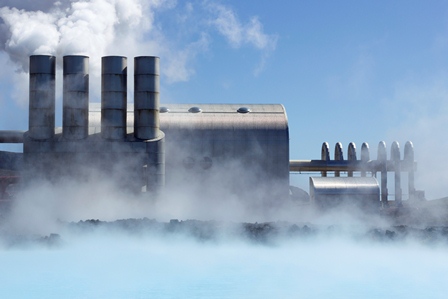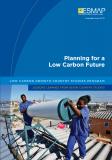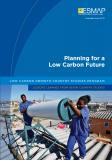E-BulletinIssue | October 2012
Highlights
December 4 2012
ESMAP is initiating a Global Geothermal Development Plan (GGDP) that aims to achieve a significant addition of geothermal electricity production capacity in low and middle income countries. The GGDP will: (1) identify and support the preparation of a robust pipeline of investment-ready projects for financing test drillings in new geothermal energy sites (investment readiness will be assessed based upon the availability of approved and positive geological pre-feasibillity studies and the existence of entities able to implement investments); (2) define financial modalities to maximize capital deployment by hedging risk across multiple investments globally, by providing incentives to mitigate risk at country level and by defining flexible options for financial support; and, (3) support project preparation for investment-ready projects. The GGDP seeks to mobilize substantial new concessional funding for geothermal development, in partnership with bilateral funding agencies and other multilateral banks.
October 23 2012
While energy efficient public procurement is well established in many developed countries, the practice is growing rapidly as low and middle income countries integrate it into their energy security and green growth strategies. The logic is simple. Governments on average account for 2-5 percent of national energy use, and this can rise to 20-30 percent in countries with high heating demand or low electrification rates. Between 12 and 20 percent of a country’s gross domestic product passes through public procurement systems. On both the energy and the procurement sides, government actions matter, influencing private sector purchasing and individual decision-making.
October 25 2012
Developing countries are faced with the dual challenge of reducing poverty while improving management of natural capital and mitigating the emission of greenhouse gases and local pollutants. The challenge is particularly acute for large, rapidly growing economies. In response, ESMAP and the World Bank began in 2007 to provide support to major emerging economies to develop long-term frameworks for reducing GHG emissions in a way that is compatible with economic growth objectives. A recently released report, Planning for a Low Carbon Future, distills the lessons learned from seven studies conducted between 2007 and 2010, covering Brazil, China, India, Indonesia, Mexico, Poland, and South Africa.
Publications
Resources
Events
Learning and Collaboration
Published on: 10/25/2012




